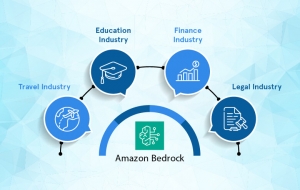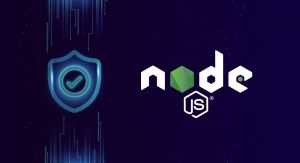APIs have become the backbone of modern software development, offering developers a seamless way to integrate diverse functionalities into their applications. An API database plays a critical role in facilitating this integration by providing a structured way to store, manage, and retrieve data. For developers, staying on top of trends in API programming and database solutions is essential for building scalable and efficient projects. This article explores the latest trends in API databases and offers guidance on selecting the best fit for your project.
The Evolution of API Databases
The landscape of API development has evolved significantly in recent years. Developers now have access to an array of API software and platforms that simplify integration and enhance performance. From traditional relational databases like MySQL and PostgreSQL to modern NoSQL databases like MongoDB and Firebase, the choices are vast. These options cater to varying project needs, from real-time data access to large-scale data processing.
The rise of API Developer portals has also changed the way developers interact with APIs. These portals often provide tools such as a free API key, documentation, and sandbox environments to test APIs. The availability of Free APIs through public platforms ensures that even small-scale developers can access powerful tools without significant investment.
Key Trends in API Databases
1. Real-Time Data Access and Streaming
Real-time data access has become a necessity for applications that require instant updates, such as financial platforms and social media apps. Databases integrated with API development services now support streaming APIs, enabling developers to fetch live data with minimal latency. For instance, Firebase's real-time database is widely used in chat applications and collaborative tools.
2. Serverless Databases
Serverless architecture has gained traction in the developer community, allowing for scalable and cost-efficient solutions. Serverless databases, often offered alongside Best Free APIs, eliminate the need for backend management. They integrate seamlessly with public APIs, making them ideal for projects that demand flexibility and rapid deployment.
3. API-First Design Philosophy
The API-first approach emphasizes designing APIs before building the application. This philosophy ensures better alignment with business goals and smoother integration. Developers using this approach often rely on platforms offering Free public APIs and intuitive API Developer portals to prototype and test their projects efficiently.
4. Enhanced API Security
With the increasing use of developer APIs, security has become a priority. Modern API software includes robust features such as token-based authentication, encrypted connections, and monitoring tools. Using a secure API key for accessing databases is now a standard practice, safeguarding sensitive data from breaches.
5. Best API Marketplace Platforms
API marketplaces are revolutionizing how developers discover and integrate APIs. These platforms offer a curated selection of the best APIs, including options for paid and Best Free APIs. They often feature user reviews, documentation, and pricing comparisons, making it easier to choose the right solution for your needs.
Choosing the Best API Database for Your Project
Selecting an API database that aligns with your project's requirements involves several considerations. Here are some tips to help you make an informed choice:
Understand Your Data Needs
Start by evaluating the type of data your application will handle. Relational databases are suitable for structured data with complex relationships, while NoSQL databases excel in handling unstructured or semi-structured data.
Evaluate API Access and Functionality
Look for databases that offer comprehensive API access. Many platforms provide Free APIs and a free API key to get started. These features can be invaluable during the development phase.
Consider Scalability and Performance
Scalability is crucial for projects expected to grow over time. Databases integrated with API programming tools should support horizontal and vertical scaling to meet increasing demands.
Prioritize Security
Ensure the database supports secure authentication methods like OAuth and API tokens. Using a secure api key for database interactions adds an extra layer of protection.
Explore API Marketing Opportunities
If your project involves creating a public-facing API, consider platforms that support API marketing. This approach can help monetize your API by making it available on the best API marketplace.
Leveraging Free and Public APIs
The availability of Free public APIs has democratized access to powerful tools. Whether you need an API for currency conversion, weather updates, or image search, platforms offering Best Free APIs can provide a solid starting point. These APIs often come with limited usage tiers but can be upgraded for larger-scale applications.
Using Free APIs during the prototyping phase can save costs and accelerate development. Additionally, platforms offering API development services often include features like detailed analytics, monitoring, and community support to enhance your experience. For more detailed insights, check the API FAQ sections provided by these platforms to address common questions and get the most out of your API integrations.
Conclusion
The dynamic world of API development and databases offers endless possibilities for developers. Staying informed about trends such as real-time data access, serverless databases, and enhanced security ensures that you can build robust and scalable applications. By leveraging tools like Free public APIs, secure API keys, and platforms featuring the best API marketplace, developers can optimize their projects for performance and growth.





